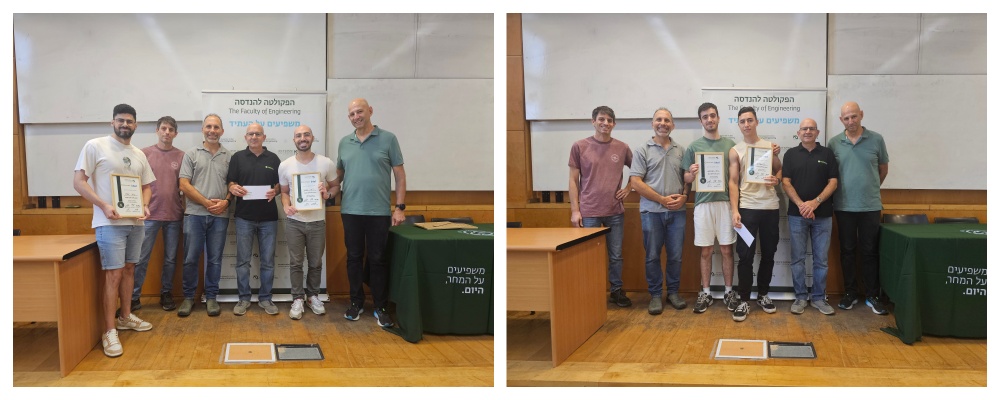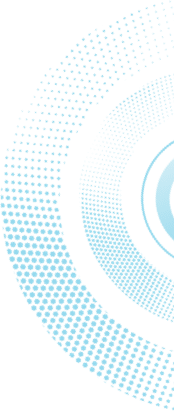Winners of the Digital Design Principles DDPTON Hackathon

This is the hackathon's sixth year, held as part of Adam Teman's course. This year's challenge was to construct a hardware accelerator to run the simulation Conway's Game of Life, and the solutions the students came up with can run it 100 times faster than any standard software!
Two teams—Udi Alush and Roy Amitai, and Roee Turgeman and Gal Ben-Gershon—won first place at the DDPTON Hackathon, a development competition now in its sixth year, held as part of the Digital Design Principles course at Bar-Ilan's Faculty of Engineering. The event was sponsored by Weebit Nano and Intel.
The students had an interesting challenge: Build a hardware accelerator to run Conway’s Game of Life, the classic simulation that demonstrates how cells live and die on a game board.
The rules are seemingly simple:
For any living cell (Black):
- If it has fewer than two living neighbors, it dies (loneliness)
- If it has 2-3 living neighbors, it lives (survivability)
- If it has more than 3 living neighbors, it dies (overcrowding)
For any dead cell (White):
- If it has exactly 3 living neighbors, it is born (reproduction)
- In all other cases, it remains dead
The twist? The board was designed as a torus, where the edges of the board are considered neighbors (as opposed to a normal board, where neighbors beyond the edges of the board are considered dead).
The students came up with solutions that ran the game more than 100 times faster than any standard software!
How? They used an FPGA, a special chip whose hardware can be programmed using SystemVerilog.
FPGA was used as a platform for developing and testing hardware accelerators, which are designed to perform specific computations significantly faster than any standard processor. In this case, computing generations in the game.
This year, the students used the innovative K5-XBOX platform, developed at the Faculty of Engineering's EniCS lab. This platform integrates a multi-core processor, memory subsystems, and hardware accelerators that run in tandem, enabling development and experimentation with hardware accelerators.
Second place winners: Ze’ev Gastwirt and David Shinenzon; third place winners: Yuval Moreno and Eli Zeidel.
Congratulations, everyone!
Last Updated Date : 31/07/2025



